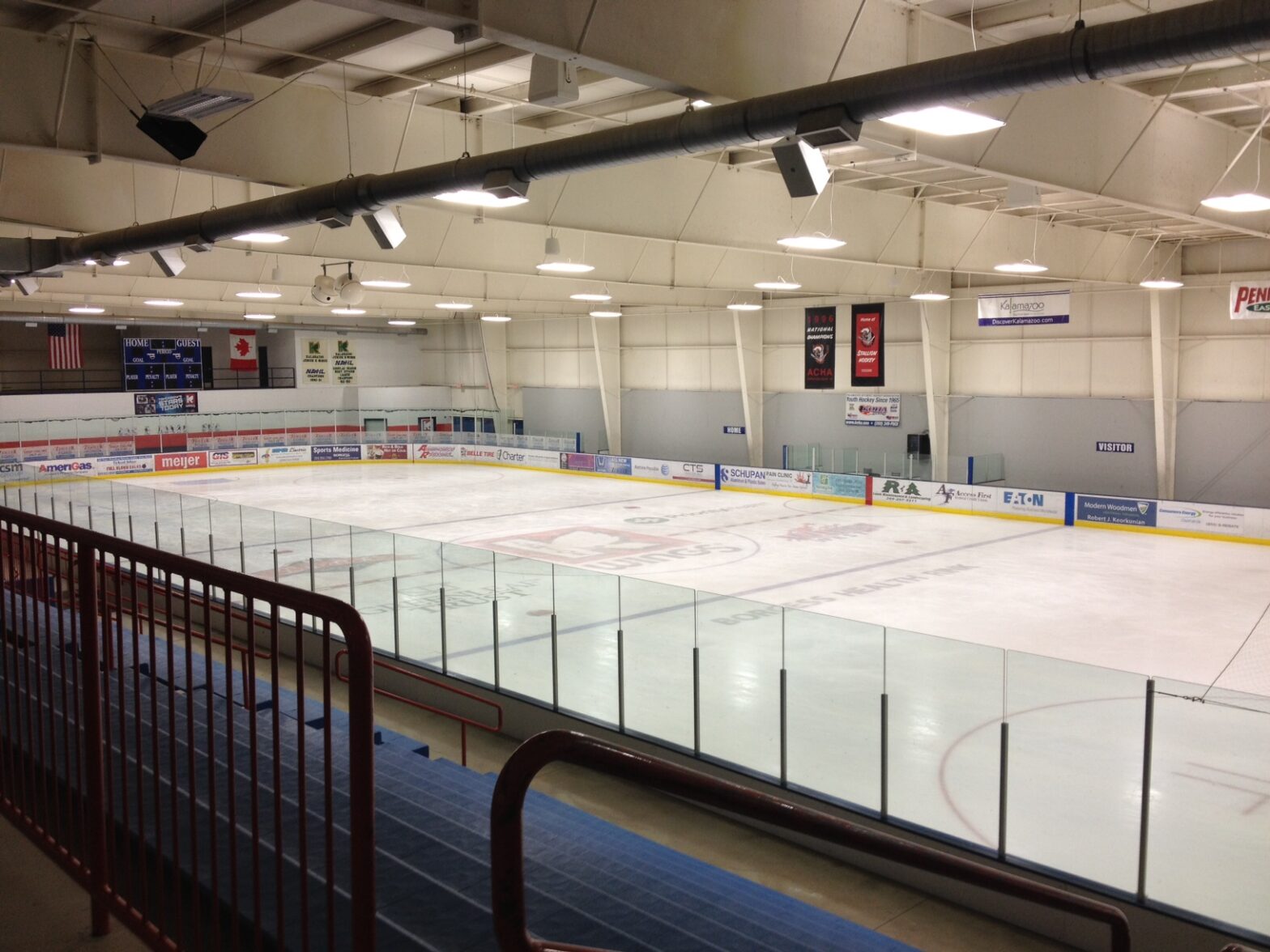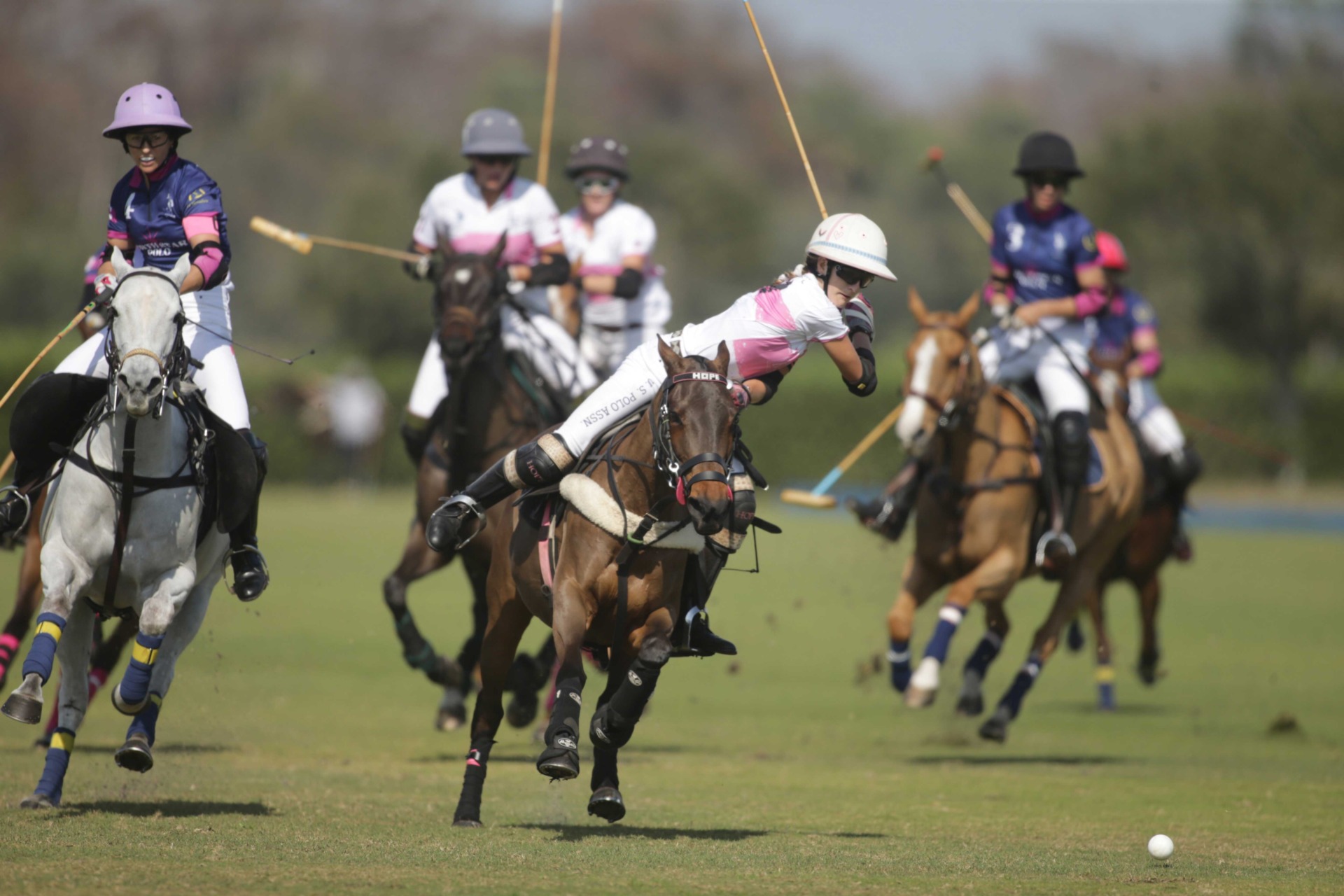
If your image of polo involves King Charles or Prince William on horseback, you may be royally wrong—at least in part. It is sometimes called the Sport of Kings, but over its history, with origins in Central Asia more than 2,000 years ago, polo has been played by royalty and nobility, the military, and even by cowboys in the American West and Argentina. However, as the oldest team sport in existence, the players and spectators continue to progress and change, says Matt Baran, executive director of communications for the U.S. Polo Association (USPA).
“While polo has long been associated with wealth and luxury, the reality is that a diverse range of players and fans enjoys it. Having attended dozens of polo matches across the U.S. and internationally, I have rarely encountered celebrities, and when I have, they were simply enthusiastic fans of the sport. Polo is evolving, and as its accessibility continues to grow through media exposure and grassroots development, more people than ever are discovering its excitement, athleticism, and deep-rooted American traditions.”
Polo history
So how did a sport that originated with ancient Iranian and Persian nomads, as part sport and part military training, evolve into the game played today? According to information from the Museum of Polo and Hall of Fame website in Lake Worth, Fla. (polomuseum.org), the earliest “games” were played with as many as 100 men on a side and aimed at training mounted warriors and their horses for combat. In a May 2024 article for the Association of the United States Army (AUSA), Major Mark Gillespie, U.S. Army (Ret.), now chairman of the Armed Forces Committee of the U.S. Polo Association, wrote that “famous leaders such as Alexander the Great, Teddy Roosevelt, Winston Churchill, and Gen. George Patton Jr. are all credited as having been enthusiastic polo players. The modern version of polo came from British officers who observed Indians playing polo in Manipur, India, in the 1860s and brought the sport back to England.”
According to the museum, the sport spread across the British Empire as quickly as its fans could travel. It appeared in Malta in 1868, England in 1869, Ireland in 1870, Argentina in 1872, and Australia in 1874. In 1876, James Gordon Bennett, a New York newspaper publisher, saw a game on a trip to England and two years later organized the first game in the U.S. An article in Texan magazine points to evidence that a British military captain retired to Texas in the early 1870s and may have brought the game with him, holding an exhibition game in San Antonio in 1883. That may have been the first polo game played in Texas, but James Bennett founded the first polo club in the U.S. in Westchester, N.Y. By 1890, there were seven clubs in the U.S., and they banded together to form the Polo Association, called the U.S. Polo Association today. Currently, more than 275 member clubs in the USPA boast more than 4,500 registered players.
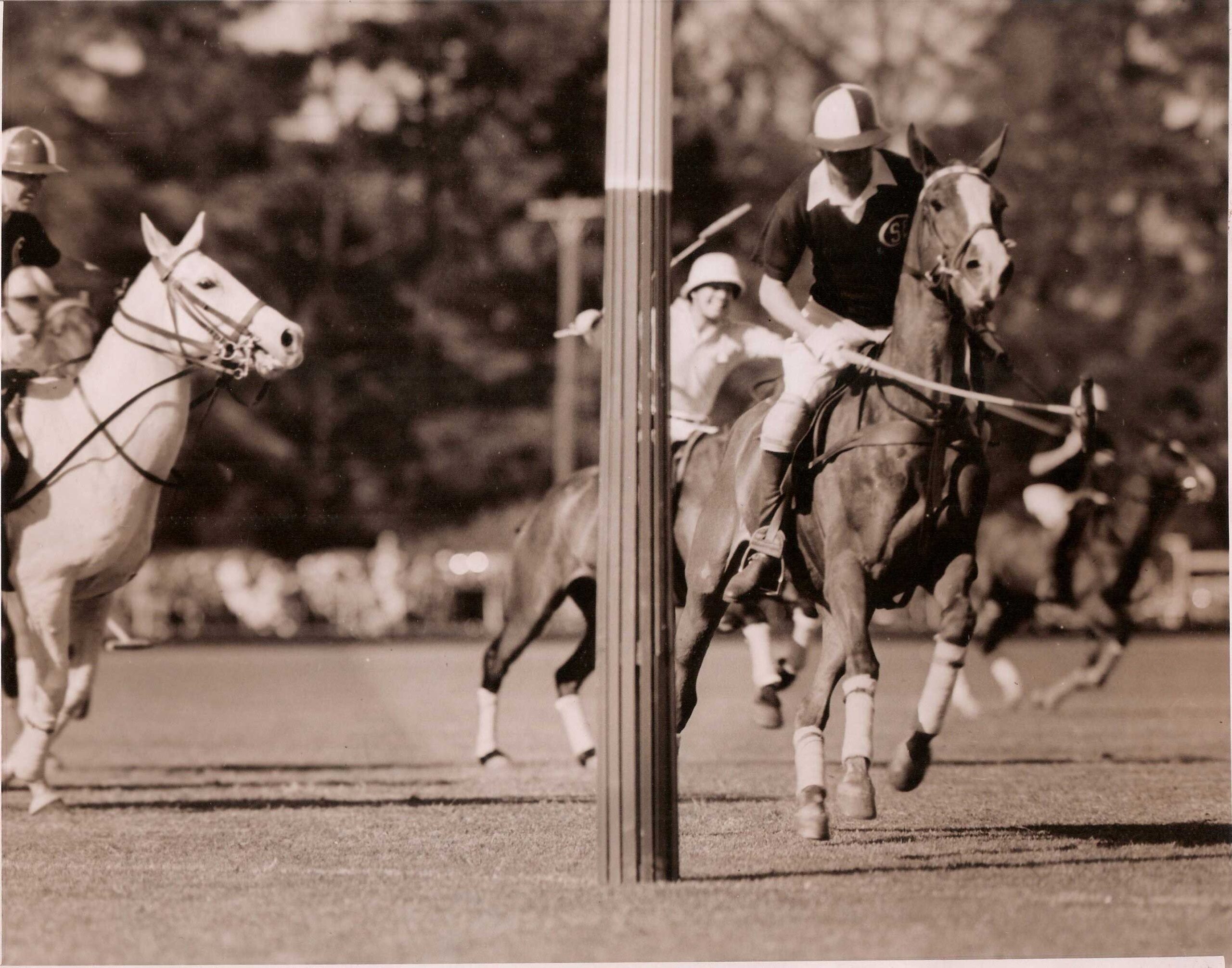
Ray Bell of Santa Barbara Team at San Mateo. Santa Barbara vs. Riviera. Courtesy Polo Museum and Hall of Fame
Introducing polo to the masses
Over its first decades on this side of the Atlantic, polo remained popular in Texas, thanks to riders experienced with rodeos and roundups, and the sport enjoyed its peak popularity in the U.S. in the 1930s, with crowds exceeding 30,000 attending matches at the Meadowbrook Polo Club on Long Island, New York. That decade, polo got its first professional player, a horse trader from Texas named Cecil Smith, who was hired by New York high society team owners who “were delighted to have him on their team, if only to avoid having to play against him,” according to the polo museum.
USPolo.org notes that interest in the game stretched from Washington, D.C., to Hollywood, Calif. Dignitaries and celebrities like President Theodore Roosevelt, actor/singer Bing Crosby, and Walt Disney played the game. Disney even made an animated short in 1936, with Mickey Mouse leading a polo team. Polo was an official Olympic sport from 1900 through the 1936 games, but social and economic changes after WWII began to diminish polo’s popularity. The sport, however, has seen an upturn in recent years.
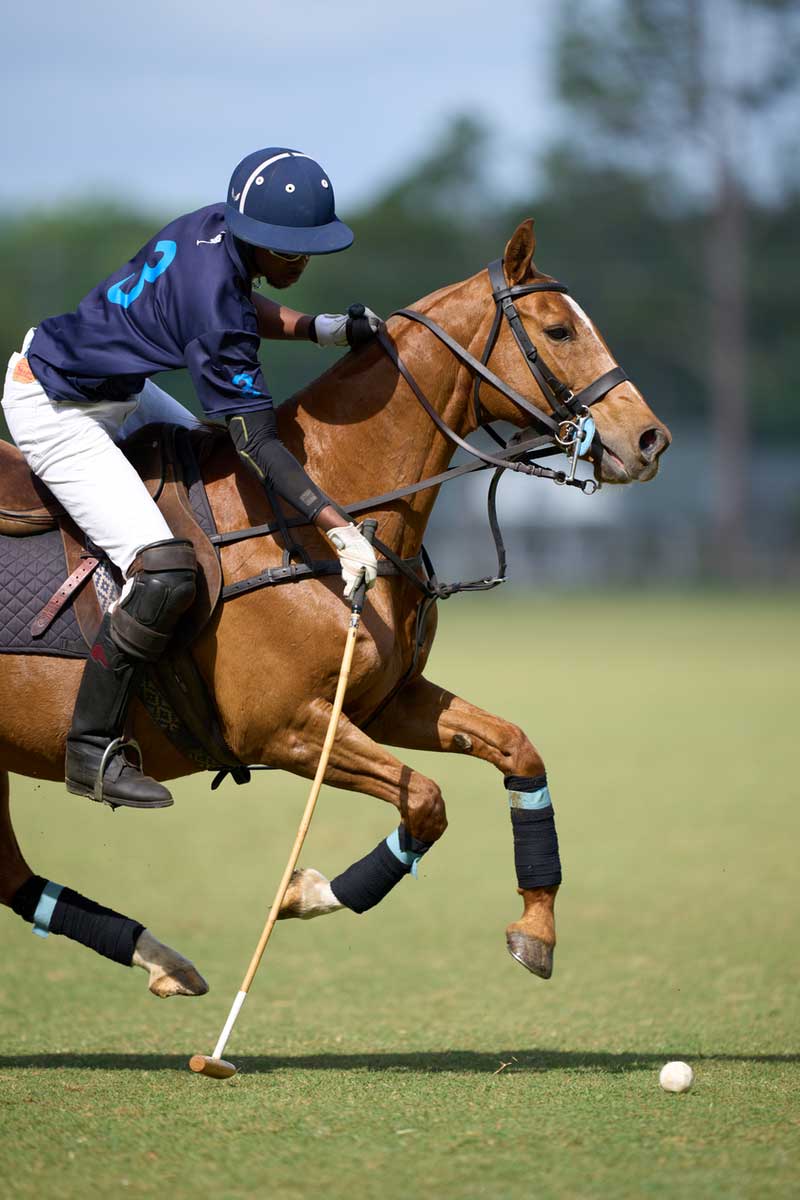
“The United States Polo Association has been actively expanding the reach of polo over the past eight years, making the sport more accessible to a broader audience through strategic digital initiatives, media partnerships, and in-person experiences at member clubs,” Matt Baran says. “On the digital front, the USPA livestreams over 100 matches per year for free, bringing world-class polo directly to fans worldwide. Collaborations with ESPN have elevated the sport’s visibility, broadcasting the finals of premier tournaments to a mainstream audience.” He says a five-part 2024 Netflix documentary, “POLO,” also has helped draw new fans. “It’s provided an inside look at the sport, its athletes, and its rich history, breaking down the misconception that polo is solely an exclusive pastime for the elite.”
Beyond digital efforts, the USPA owns and operates the National Polo Center in Wellington, Fla., which today is the epicenter for high-goal competition in the United States. “This world-class facility—featuring six fields, a stadium, restaurants, and a vibrant social club—showcases top-tier tournaments, develops American players, and fosters a welcoming environment to attract and retain new participants,” Baran notes.
Baran says that owning a top team, which might bring 24 horses to a match, requires a significant investment, “but polo is played at many levels, making it accessible to a much wider audience. With our member clubs across the country, anyone can attend a match, experience the thrill of live polo, or even take lessons to learn the game firsthand.” Many clubs listed in the USPolo.org directory tout introductory lessons, rental horses and equipment, and opportunities for anyone to visit and watch practices or matches.

Diversification and expansion in polo
One of the most significant positive changes in recent years for the sport has been the increase in women players, Baran says. “In 2001, just 21 percent of USPA members were female, but by 2025, that number has nearly doubled. This momentum presents a tremendous opportunity to promote inclusivity further and expand participation at all levels of the sport. Youth development is a priority, too. We have robust programs at the middle school, high school, and collegiate levels, currently with more than 45 college programs.”
Arena polo is another relatively new development. Baran says it “will play a key role in the game’s expansion, serving as the most accessible and practical entry point for new players.” With a smaller, more contained setting, indoors or outdoors, arena polo “offers a safer environment for beginners to develop foundational skills before transitioning to regular outdoor polo,” he adds.
The future of polo
Arena polo, new and expanded youth programs, increased viewer accessibility, and more women playing the game all contribute to a bright future, Baran says. “With the USPA continuing to expand the sport’s reach through linear TV, streaming, digital, and social media, and by leveraging these platforms, the association aims to attract new players and fans while supporting the growth of its member clubs across the country. Polo in the U.S. is poised for sustained growth, welcoming more players and fans than ever before. I encourage readers to visit uspolo.org to find clubs in their area and watch the sport live. It’s fast-paced, demanding, exciting, and fascinating to see in person.”
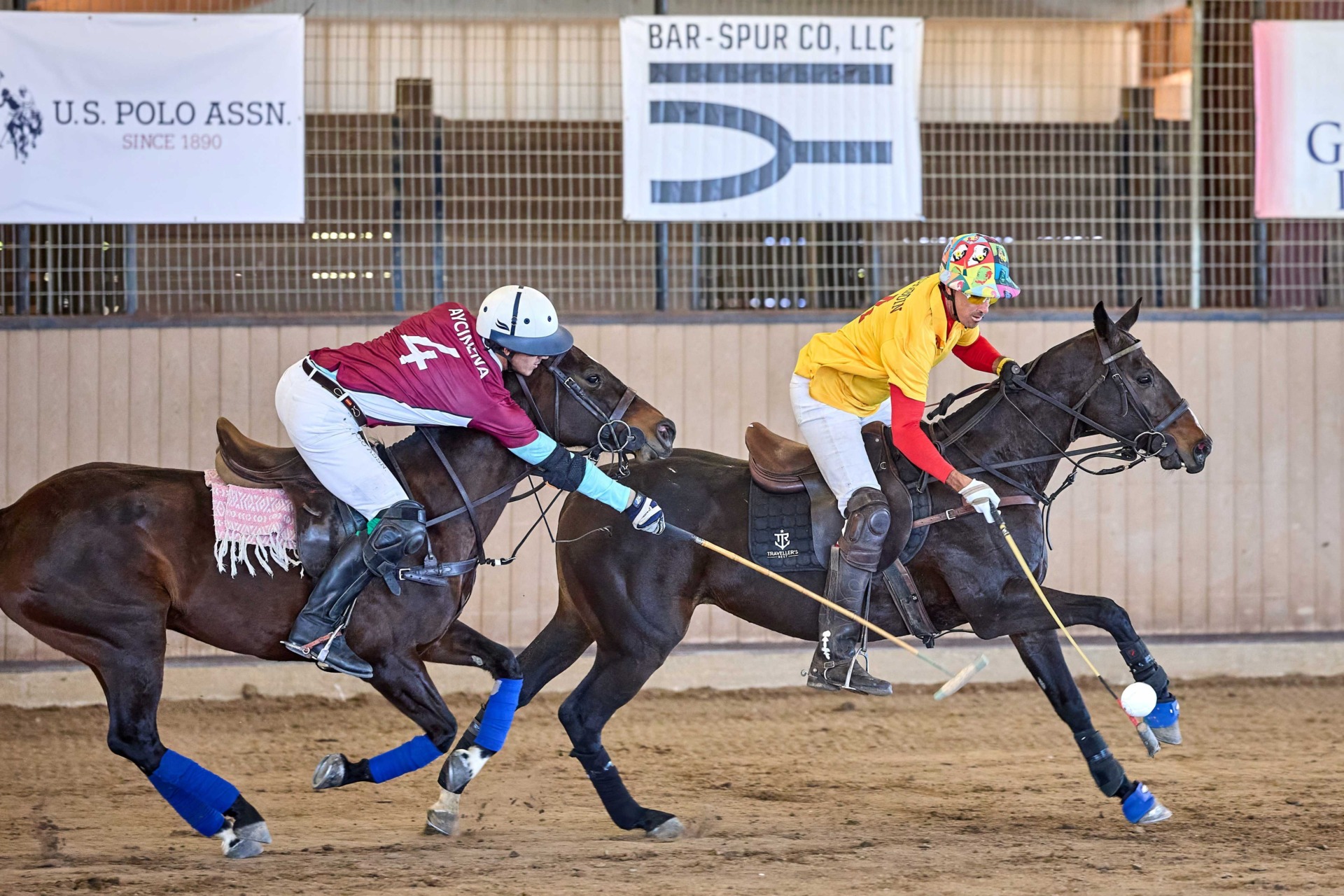
Polo and the modern military
“Polo teaches mastery of situational awareness to keep track of three teammates plus four opponents moving at the same speeds a modern tank can maneuver cross-country—35 to 40 mph—as well as a ball that can move about 100 mph. Polo also requires split-second decision-making made with a cool head while hot, adrenalin-infused blood is pumping. The sport teaches teamwork with your horse to maneuver around the playing field, plus teamwork to mesh with the movements of teammates to anticipate how to defeat opponents.”
Today, there are registered polo players in all branches of the U.S. military who have served or have affiliations with the service.
Is a polo pony a pony?
Understanding the game
A regulation polo field is about nine football fields in size. Teams consist of four players, who may be a mix of professional and amateur players. Unlike other sports, professional polo players do not belong to one team. Players switch teams frequently, and professionals are hired per tournament or per season, giving them the opportunity to play with or against a wide variety of players across the United States and internationally.
A polo match generally lasts one to two hours and is divided into periods called chukkers, which last seven-and-a-half minutes each. There are six chukkers in standard play, although there can be from four to eight, depending on specific tournament rules and the level of play. Game play begins when an umpire tosses the ball underhand at center field at the start of a chukker or from the sidelines if the ball has gone out of bounds. Riding at speeds of around 30 mph, the players use a mallet made of bamboo to drive the ball down the field, passing it back and forth between the players, attempting to steal it from opponents, and eventually hitting it through the goal posts of the opposing team to score points.
“Stomping the divots” is a fun social aspect of polo at half-time when spectators are invited onto the field to tamp down divots kicked up by the horses during the game. It’s a tradition for spectators, some decked out to the nines, especially at charity matches, to walk the field, chat with friends, take photos—and hopefully stomp a few divots—before the second half begins.








